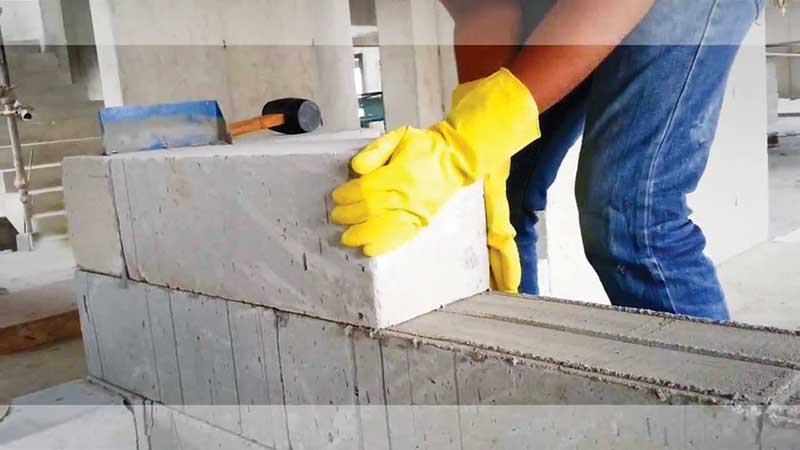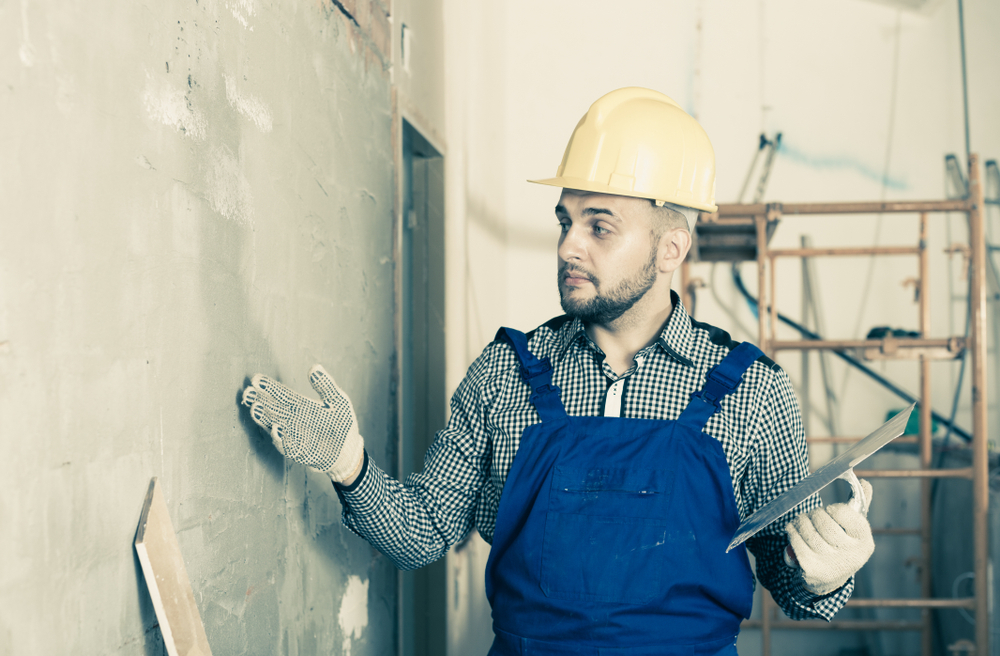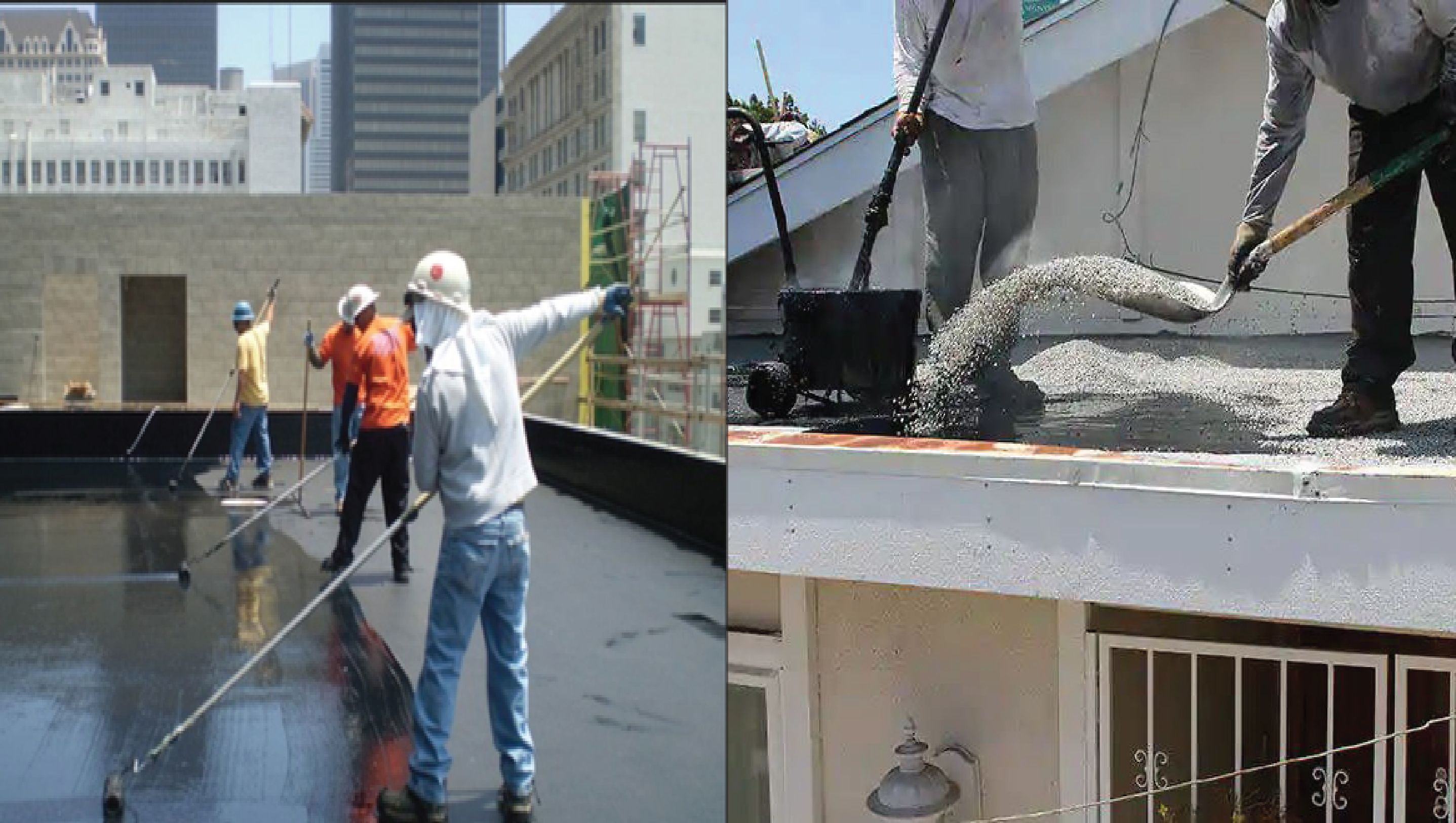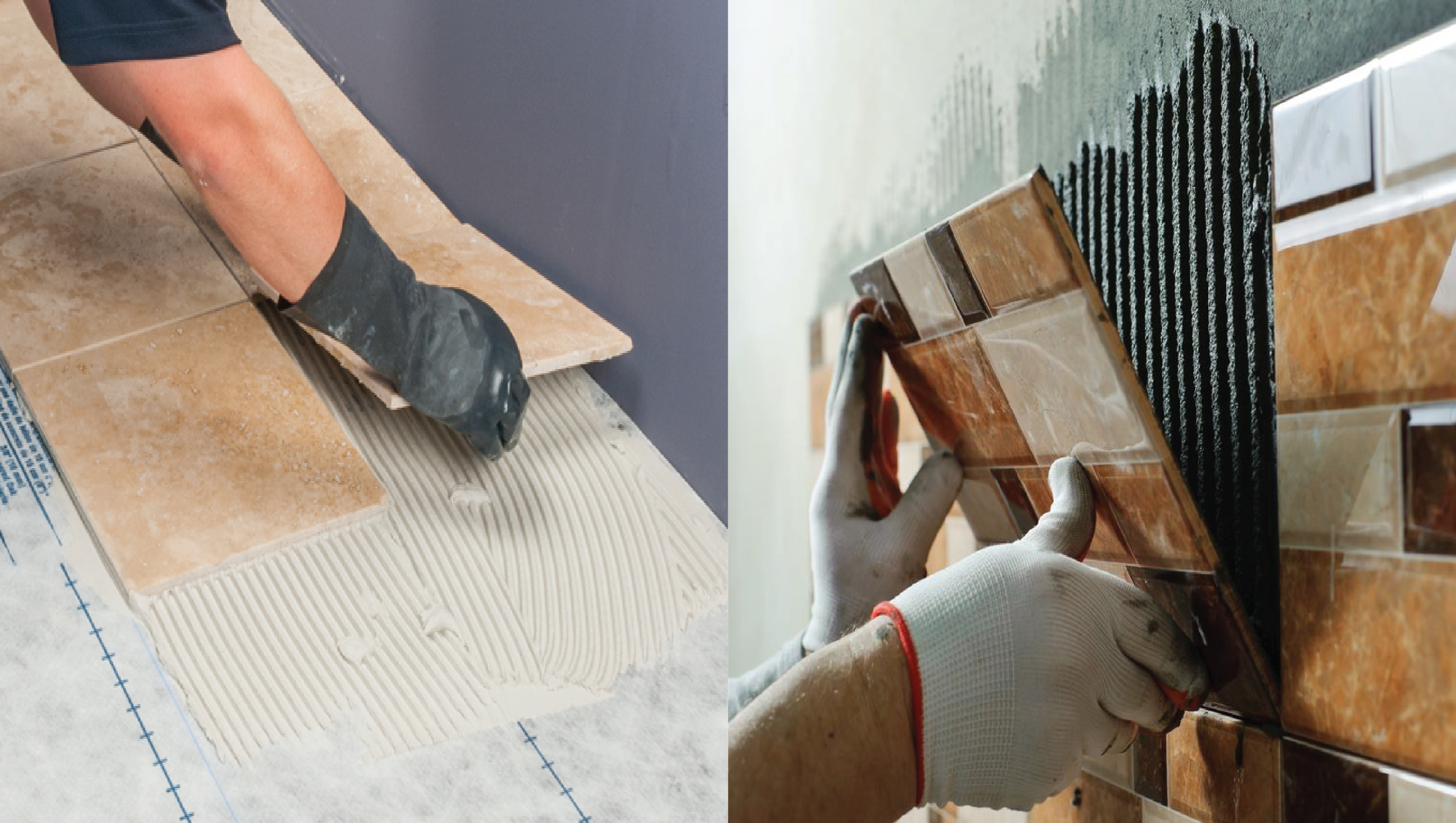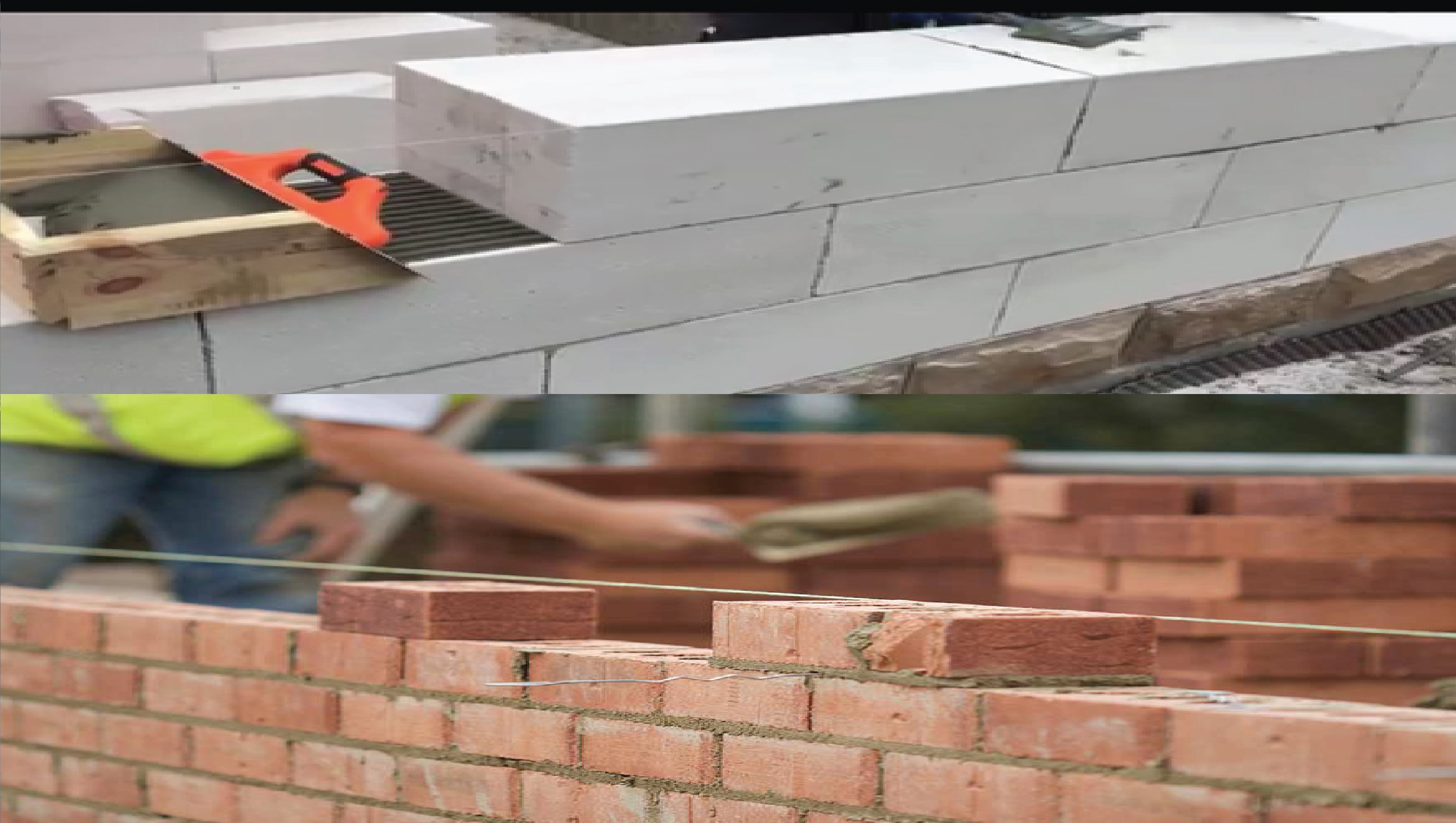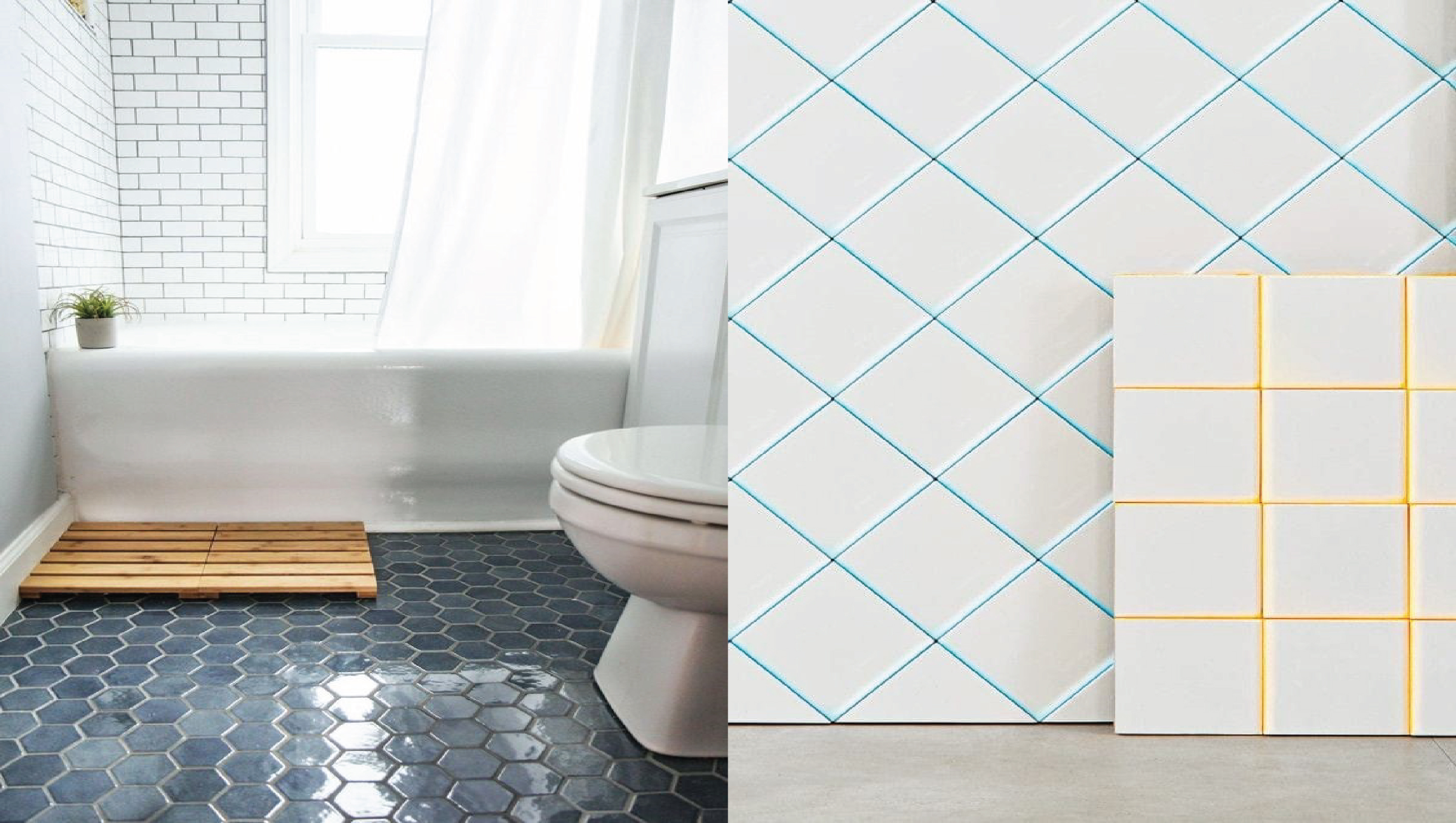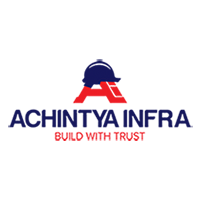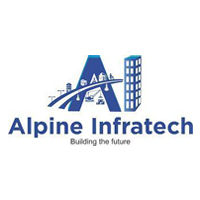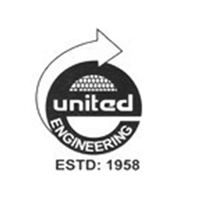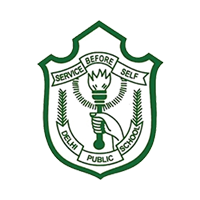
Areas prone to water leakages in your home
Water leakage is the most common problem faced in residential and commercial buildings, this affects both the exterior and the interior of a building. This is due to the poor quality of constructive materials, improper waterproofing measures and even due to the plumb line defects.
The damage to properties by water leakage is not uncommon. Having said this, it is not water leakages itself that cause the structural damage but also the rains in monsoon; the leakage from any gap or crack on the walls or roof or pipeline leads to damp or seepage that can become costly and troublesome to clean up.
Following are the areas prone to oozing, keep an eye on them and take necessary actions to minimize the damages.
Exterior walls
Exterior walls constantly undergo weathering, due to which they lose plaster and cracks start appearing on the wall, during monsoons water can seep in the cracks and give you patches, ugly walls and weakens the structure.
Terrace and Roofs
Terrace undergoes various temperature modulations and the clogging of rainwater on the terrace these results in deterioration of surface material, and seepage is the almost outcome of the leading to the damp patches in the ceiling.
Old cast iron pipes
Robust water tube installation is important to ensure zero leakage in the exterior wall of a building. If there's still plenty of cast iron pipes in your old building, have them well-inspected for cracks and rust, which could lead to further decay. During the mountains, it is difficult to repair those cracks, resulting in major leaks and moisture in the inner walls.
Windows
Windows must be maintained properly in order to prevent rainwater entry into your home, as it can make a major contribution to drainage.
Check the corrosion or any lacunas of the sealant. Sealant typically has a 10-15 year shelf length.
Test whether or not climate strips and gasket are supplied. The state of both can be checked in such a way that further watering issues can be avoided.
Bathroom and wash areas
Whatever the frequency with which you clean or treat your bathroom, your sinks, your bathroom, you’re leaking and your damp problems tended to resurface during the monsoon. When you see cracks and undefined stains on the floor and walls, you know the problems return. Discoloration or ceiling stains may indicate leakage or any other moisture source.
Some failures in plumbing, such as leaking ropes, sinks and bathrooms are easy to find, while others might be misunderstood for a shower with water splashing.
If severe leaking around the bathrooms is observed it is very likely that the hidden plumbing pipe joints will be damaged internally. Of course, call a home inspector or a team. Use the solution once the reason is found. A few things you can do to save your toilet from further damage during the mountains are–tile joints are sealed with waterproof grouts, cracks are filled with mortar and the covered pipes are replaced (if necessary).
Conclusion
Water damage may be a sinister and crumbling problem, which can't be discovered until it is a big and costly problem. If you think that water inlet may damage the beloved home and cause health effects, such as allergy and asthma caused by humidity. Be vigilant, Keep an eye on areas most susceptible to monsoon drainage and leakage. Catch a problem before it gets a nightmare and stops it.
“Valuepack India Private Limited” supplies construction chemicals, concrete repair and rehabilitation products including protective coatings, epoxy, waterproofing materials, concrete admixtures, and adhesives. We try and give you an overhaul and most common solution that is acceptable and trustful. If you have a specific problem that you need us to address, write to us and we’ll be happy to help.





